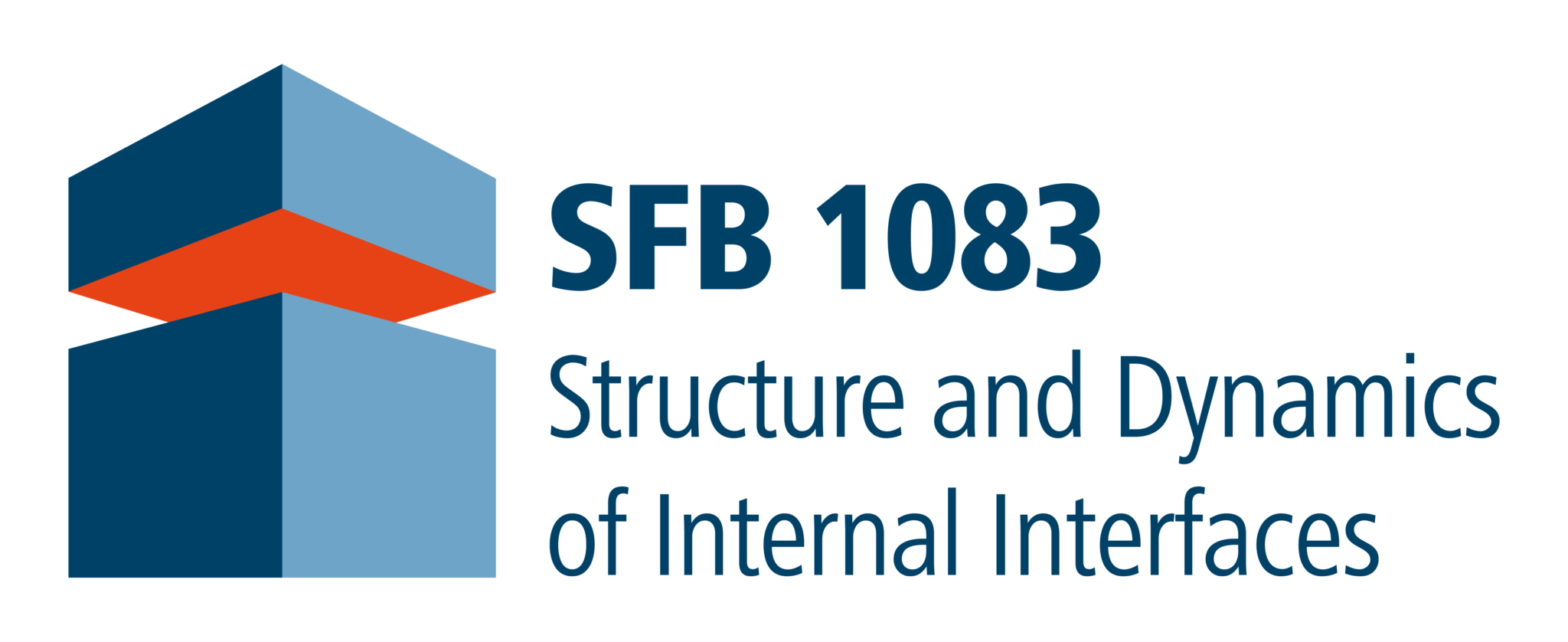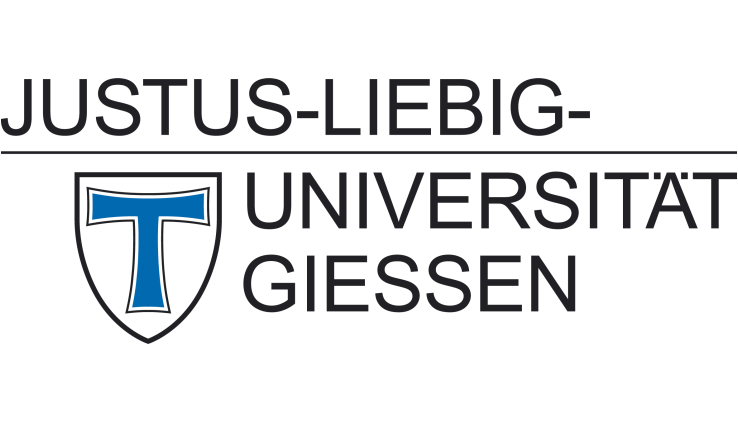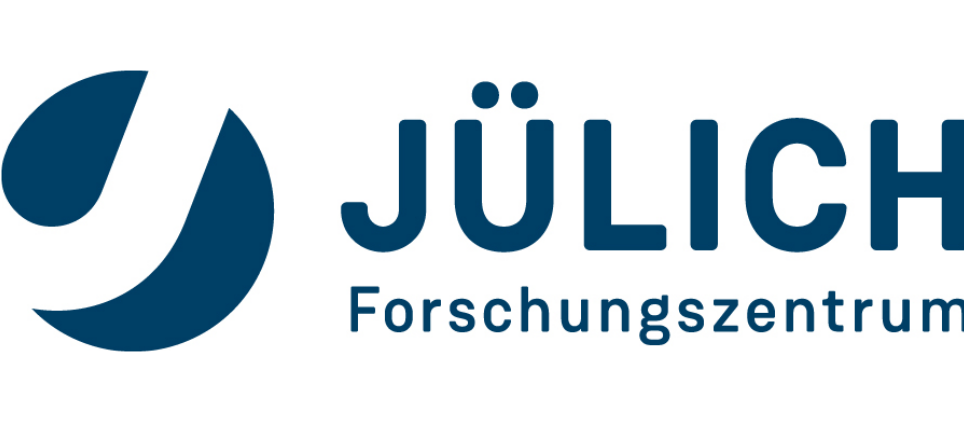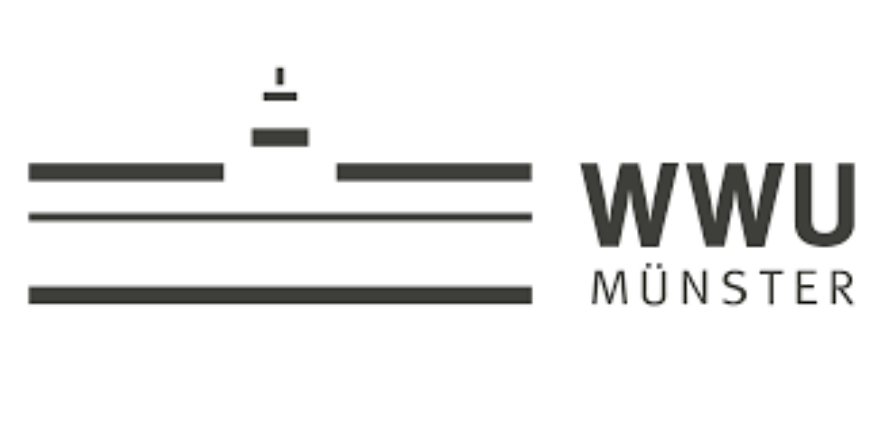Leopoldina awards Greve Prize to Kerstin Volz and Jürgen Janek
Physicist Kerstin Volz and physical chemist Jürgen Janek will receive the 2022 Greve Prize from the German National Academy of Sciences Leopoldina for their fundamental insights into rechargeable batteries.

Image: Rolf K. Wegst (l.) | Christian Stein/Philipps-Universität Marburg (r.).
Kerstin Volz, Speaker of the SFB 1083 and project leader of A5, A14 und B13, and Leopoldina member Jürgen Janek, Director of the Center for Materials Research at the Justus Liebig University Giessen, investigate electrochemical energy storage devices and novel materials therefore. Their research has helped to improve high-performance batteries and develop new, resource-saving electrochemical energy storage concepts.
In their collaborative work, Kerstin Volz and Jürgen Janek investigate processes in solid-state batteries and structural changes during operation. Using a combination of electron microscopic and electrochemical methods they have managed, for example, to shed light on aging phenomena which lead to reductions in battery capacity.
The German National Academy of Science Leopoldina’s Greve Prize is awarded to scientists or research teams in Germany. The newly established prize is awarded every two years on a specific topic and honors outstanding research achievements in the natural sciences/medicine and engineering sciences. This year, the topic was the scientific foundations of sustainable energy supply. The prize is endowed with 250,000 euros, with funds from the Greve Foundation.
For further information, please see the press release by the Leopoldina (in German and English) as well as by the Philipps University Marburg (in German).
Contact
Prof. Dr. Kerstin Volz
Philipps-Universität Marburg
SFB 1083 spokeswoman
Tel.: 06421 28-22297
EMAIL











